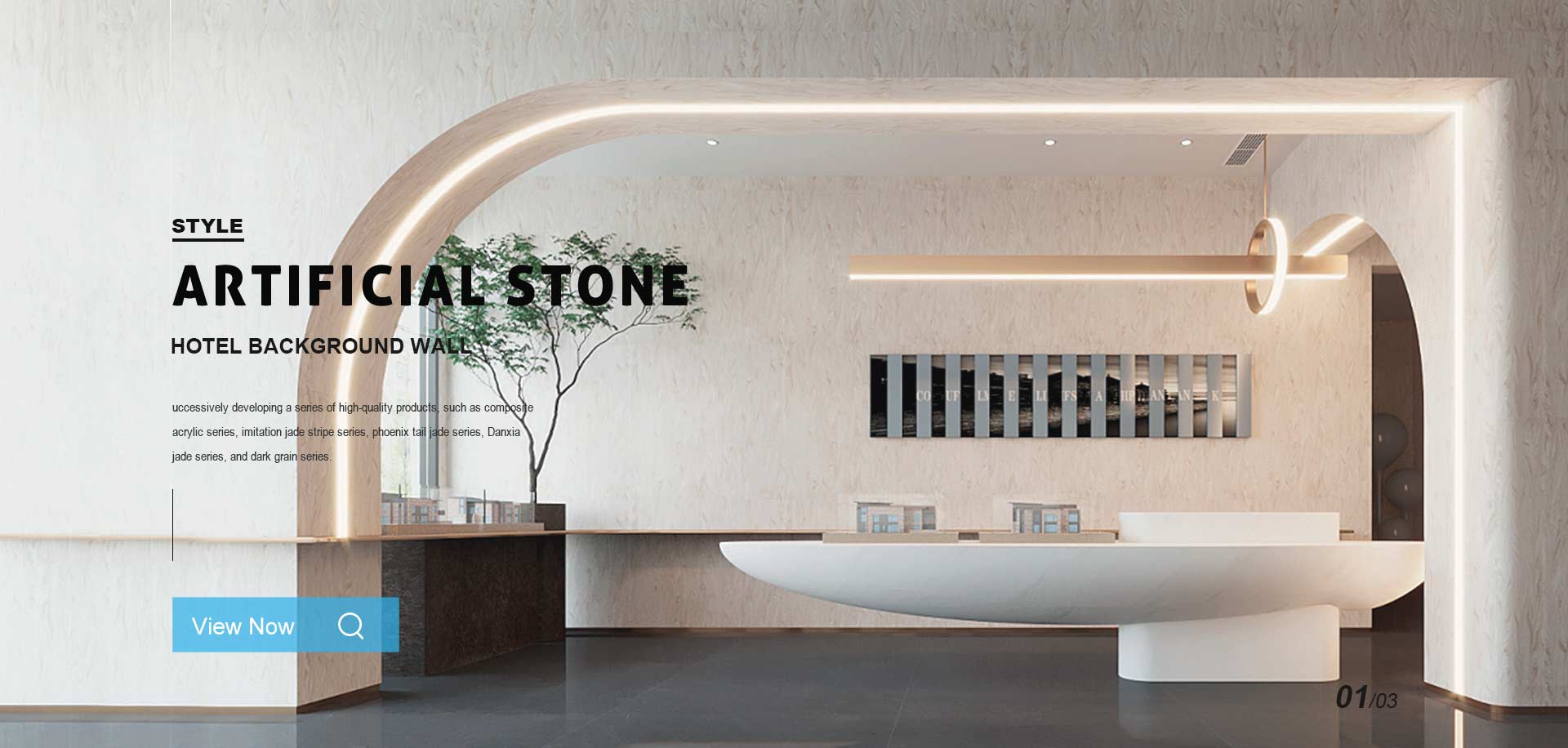
An Artificial Stone Column is a man-made architectural element designed to mimic the appearance of natural stone columns. Typically crafted from materials like concrete, resin, or fiberglass, these columns offer durability, cost-effectiveness, and customizable designs. They are widely used in both interior and exterior applications, such as building facades, landscaping, and decorative structures. Unlike natural stone, artificial columns are lighter, easier to install, and available in various finishes, textures, and colors. Their versatility makes them popular in modern construction, blending aesthetic appeal with functional support. Ideal for restoration projects or contemporary designs, they provide a timeless elegance without the maintenance challenges of natural stone.
Artificial Stone Columns: Key Features and Technical Advantages
Artificial stone columns have become a popular architectural and structural solution due to their durability, aesthetic flexibility, and cost-effectiveness. Here are 4-6 key features with technical specifications:
1. High Compressive Strength (15-25 MPa): Engineered with polymer-modified cement or resin binders, artificial stone columns achieve compressive strengths comparable to natural stone (15-25 MPa), suitable for load-bearing applications while being 20-30% lighter than quarried stone.
2. Weather Resistance (0.1% Water Absorption): Advanced hydrophobic treatments limit water absorption to ≤0.1%, exceeding ASTM C97 standards. Frost resistance exceeds 100 cycles (EN 12371), preventing cracking in -30°C to 60°C temperature ranges.
3. Dimensional Precision (±1mm Tolerance): CNC-molded production ensures consistent dimensions with ±1mm tolerance, enabling seamless modular installation. Standard heights range from 2.4m to 6m with diameter variations of 300-800mm.
4. Fire Rating (Class A1): Composed of inorganic minerals, columns achieve Euroclass A1 fire certification (non-combustible), withstanding 1200°C for 2 hours without structural failure (EN 13501-1).
5. Customizable Finishes (200+ RAL Colors): Through mineral oxide pigmentation and textured molds, manufacturers replicate natural stone veining with 90% visual accuracy while offering over 200 RAL color options.
6. Installation Efficiency (50% Time Savings): Prefabricated hollow-core designs (60-70% void ratio) reduce weight by 40% versus solid stone, enabling installation rates of 3-5 columns/day versus 1-2 for natural stone.
These engineered columns combine structural performance with design versatility, making them ideal for both classical and contemporary architectural projects requiring durable, low-maintenance solutions.
1. Architecture & Interior Design
Artificial stone columns are widely used in modern architecture and interior design for their aesthetic appeal and versatility. They mimic the appearance of natural stone while offering superior durability and customization options. Common applications include decorative pillars, fireplace surrounds, and grand entranceways in residential and commercial spaces.
2. Landscaping & Outdoor Structures
These columns serve as durable and weather-resistant elements in landscaping projects. They're ideal for garden pergolas, gate pillars, and poolside features. Unlike natural stone, artificial variants resist cracking in extreme temperatures while maintaining an elegant appearance.
3. Historical Restoration
When restoring heritage buildings, artificial stone columns provide cost-effective solutions that match original designs. They replicate intricate historical details while offering improved structural integrity and resistance to environmental degradation compared to aged natural stone.
4. Retail & Exhibition Spaces
Commercial spaces utilize artificial stone columns to create sophisticated atmospheres. Their lightweight nature allows for easy installation in temporary exhibition booths or permanent retail displays, providing high-end visual impact without structural concerns.
5. Theme Parks & Entertainment Venues
The entertainment industry benefits from the material's moldability to create themed environments. Artificial stone columns can be shaped into fantastical designs or aged finishes to simulate ancient ruins, offering both safety and visual authenticity.
6. Coastal Construction
In marine environments, artificial stone columns outperform natural stone due to their saltwater resistance. They're employed in boardwalks, marina structures, and beachfront properties where traditional materials would deteriorate quickly.
Q: What is an artificial stone column?
A: An artificial stone column is a decorative or structural element made from synthetic materials like fiberglass, polyurethane, or concrete, designed to mimic natural stone.
Q: How durable are artificial stone columns?
A: They are highly durable, resistant to weathering, cracking, and pests, often lasting decades with minimal maintenance.
Q: Can artificial stone columns be customized?
A: Yes, they come in various sizes, textures, and colors to match architectural styles or personal preferences.
Q: Are artificial stone columns lightweight?
A: Compared to natural stone, they are significantly lighter, making them easier to transport and install.
Q: Where are artificial stone columns commonly used?
A: They're popular for porches, gardens, interior design, and commercial buildings due to their versatility.
Q: How do you maintain artificial stone columns?
A: Simple cleaning with water and mild detergent is usually sufficient to keep them looking new.